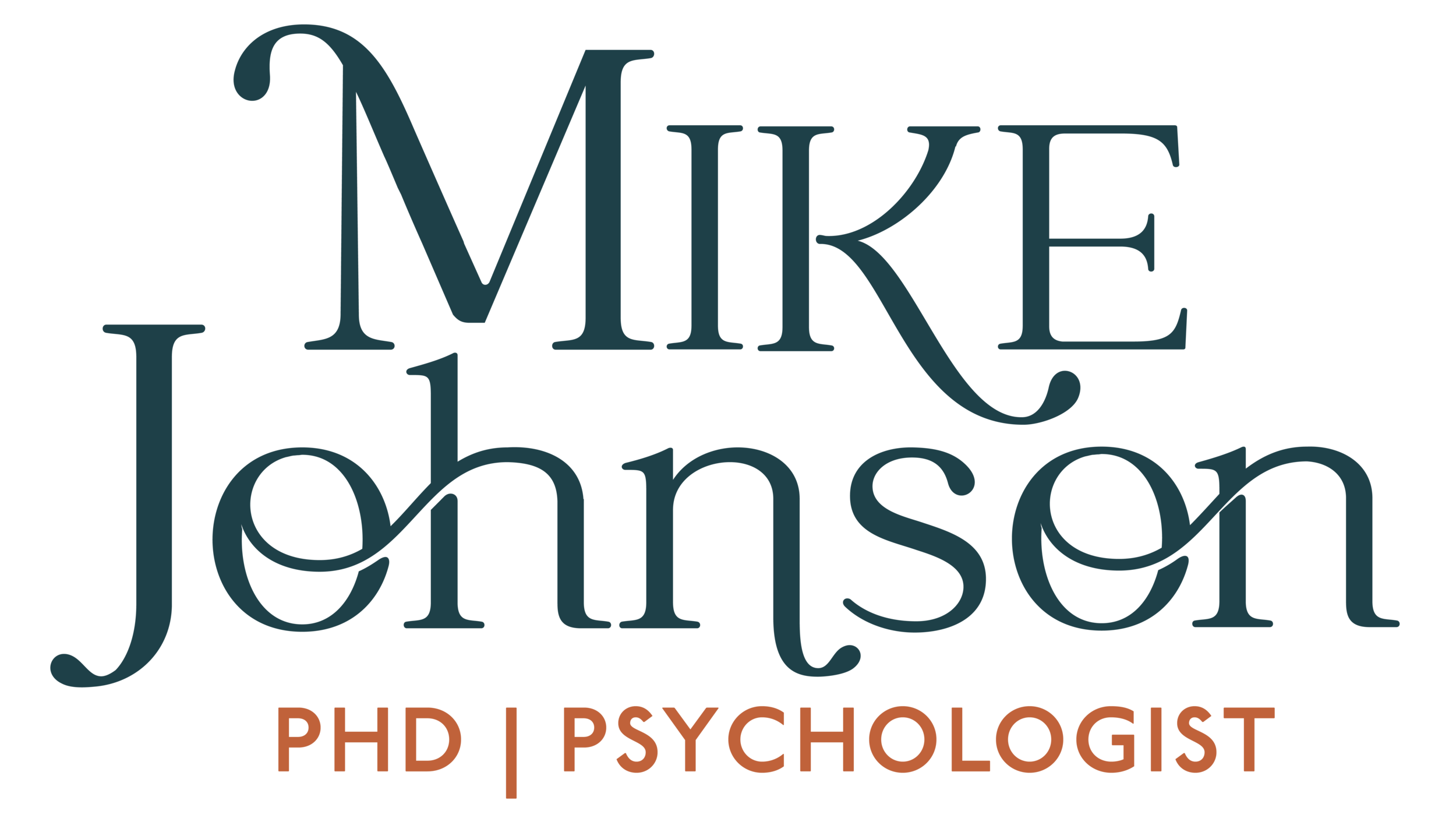How to Deal With Shame
Learn about the science of shame to understand where it comes from and how to deal with it.
Shame is a self-conscious emotion that arises from the sense that something is fundamentally wrong with us. When we have shame, we often feel inadequate and full of self-doubt, but these experiences may be outside of our conscious awareness. That makes shame hard to identify and deal with.
Unsurprisingly, shame has been linked to depression and other negative emotions including anger, suspiciousness, inferiority, helplessness, self-consciousness, interpersonal anxiety, and submissive responses to anger (Goss, Gilbert, & Allan, 1994; Lewis, 2004).
State Shame Versus Trait Shame
‘State shame’ is when we have a momentary experience of shame in response to an event. We all experience this type of shame sometimes, perhaps when being bullied, ridiculed, or judged. ‘Trait shame’ acts more like a personality trait. We carry it with us wherever we go. We may feel state shame more often or we may just feel a little ashamed of ourselves all the time.
Both of these types of shame are different from guilt. Guilt arises as a result of some action we took (or did not take). We may feel regret over having done something bad. Guilt actually motivates us to change our behavior so that we don't have to feel this way again.
Shame, on the other hand, arises as a result of negative evaluations from others, even if we have nothing to feel guilty or ashamed about (Lewis, 1995). As a result, we don't feel that what we did is bad. We feel that we, as an individual, are bad. As a result, we may feel small, worthless, or powerless. Since changing our behavior doesn’t help us reduce shame, it can lead us to hide or retreat from others (Tangney, Wagner, & Gramzow, 1992).
Over time, shame can lead to something called the 'internalized other'—or a belief that someone (or everyone) disapproves of us. We may then hold negative evaluations of ourselves through the eyes of others. That is, we might have positive views of ourselves but still believe that others have negative views about us.
If a kid ridicules us on the playground (or even if an adult teases us at work), we might experience 'state (or momentary) shame'. But if we experience ridicule often enough, the shame starts to internalize—it starts to become a part of us. This is when we might start to develop 'trait shame'.
What Leads to Shame?
There are a million different experiences that might lead to shame. In fact, researchers argue it could come from any experience where we compare ourselves to our standards for ourselves. However, researchers suggest that shame often arises from a sense of scrutiny or ridicule from other people who are more powerful than us. Specifically, parents who withdraw their love or express contempt or disgust towards their child increase the experience of shame in that child (Lewis, 1995)
In a given situation, we might experience shame after unconsciously asking ourselves a series of questions:
First, we ask "Is this caused by me, or is this caused by something outside of me?"
Second, we ask ourselves "Can I change the cause of this event?" Our answer is either, "Yes, this is controllable," or "No, this is not controllable." If we determine that this thing is controllable, then we might be more likely to experience guilt.
Third, we ask ourselves, "How stable or permanent is this thing?" If there is no changing this thing then we are likely to feel more shame (Tracy & Robins, 2006).
Tips for Dealing with Shame
Identify your shame. Given shame can be largely unconscious, identifying and labeling shame appears to be a key component in resolving it (Scheff, 2003). This tends to be true for emotions, in general, since labeling emotions helps us better understand ourselves, our experiences, and related behaviors (Beck, 2011). So, to start, name your shame. You don't have to share this with anyone else. Just write down, "I felt shame when..." Describe a few times when you felt shame. It might hurt to acknowledge it, but once you do, you can start to resolve these emotions.
Practice self-compassion. Self-compassion is another useful tool for helping us improve our self-views and combat our inner self-critic. But self-compassion is a tool that's used to view ourselves positively through our own eyes. Given that shame involves having negative views of the self through others' eyes, I suggest a modified approach to self-compassion. To cultivate this type of self-compassion, write a self-compassionate letter to yourself, but imagine writing it from the point of view of someone who is more powerful than you. It could be from a boss, a parent, a teacher, someone who shamed you in the past, or just an imaginary person. In the letter, make sure their message is kind, supportive, and compassionate. Share words of validation like, "You are a good person worthy of love and success."
Try loving-kindness meditation. Loving-kindness meditation is a kind of meditation that has been shown in research to increase positive emotions (Fredrickson et al., 2008). In this meditation, you alternate between imagining giving love out to others and receiving it back. To try to undo shame-focused messages from your past, try to imagine giving love out to those who shamed you and then imagine them giving you love back. You might imagine them saying to you, "I wish you all the health and happiness you desire."
In Sum
Shame is a complicated negative emotion. Luckily, if we can start working with it we can hopefully start improving reducing shame and improving our well-being.
References
Beck, J. S. (2011). Cognitive Behavior Therapy, Second Edition: Basics and Beyond. New York, NY: Guilford Press.
Fredrickson, B. L., Cohn, M. A., Coffey, K. A., Pek, J., & Finkel, S. M. (2008). Open hearts build lives: Positive emotions, induced through loving-kindness meditation, build consequential personal resources. Journal of Personality and Social Psychology, 95, 1045-1062.
Goss, K., Gilbert, P., & Allan, S. (1994). An exploration of shame measures—I: The other as Shamer scale. Personality and Individual differences, 17(5), 713-717.
Lewis, M. (1995). Shame: The exposed self. Simon and Schuster.
Lewis, D. (2004). Bullying at work: The impact of shame among university and college lecturers. British Journal of Guidance & Counselling, 32(3), 281-299.
Scheff, T. J. (2003). Shame in self and society. Symbolic interaction, 26(2), 239-262.
Tangney, J. P., Wagner, P., & Gramzow, R. (1992). Proneness to shame, proneness to guilt, and psychopathology. Journal of abnormal psychology, 101(3), 469.
Tracy, J. L., & Robins, R. W. (2006). Appraisal antecedents of shame and guilt: Support for a theoretical model. Personality and social psychology bulletin, 32(10), 1339-1351.

